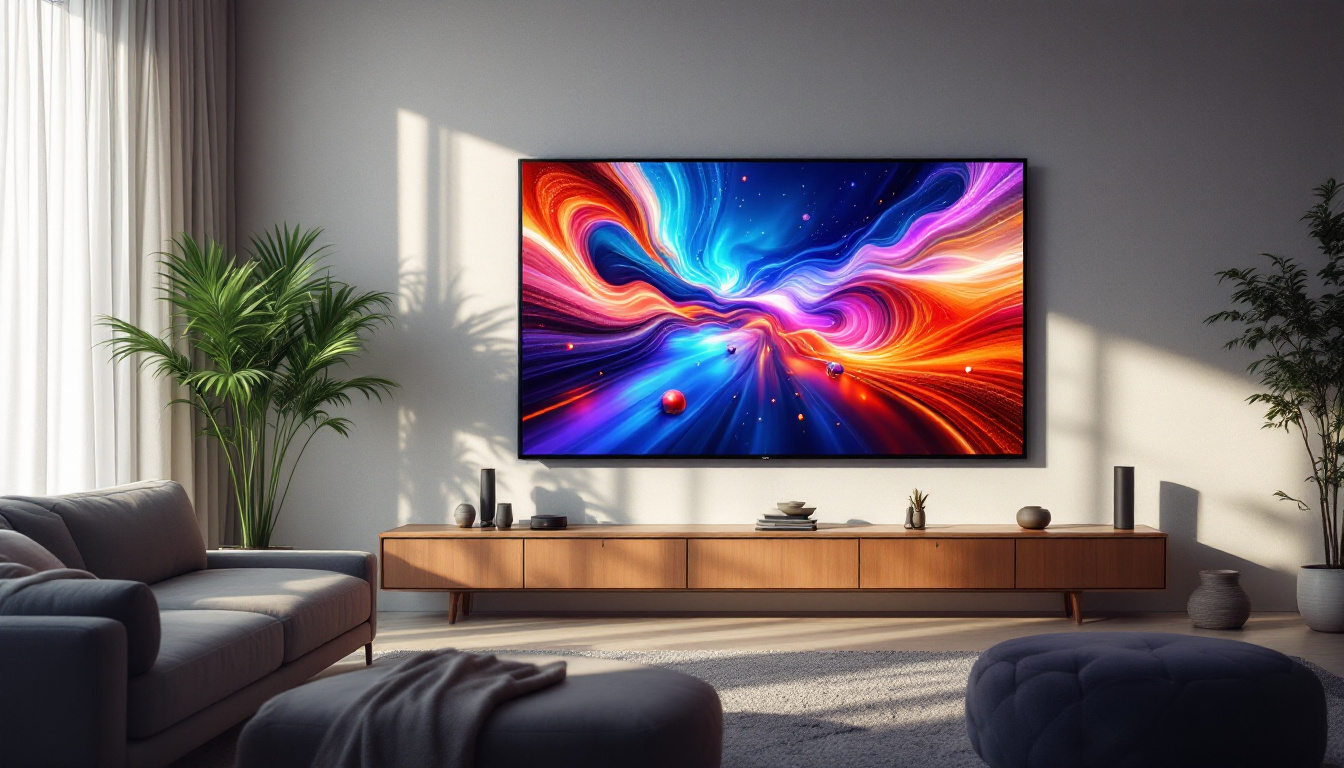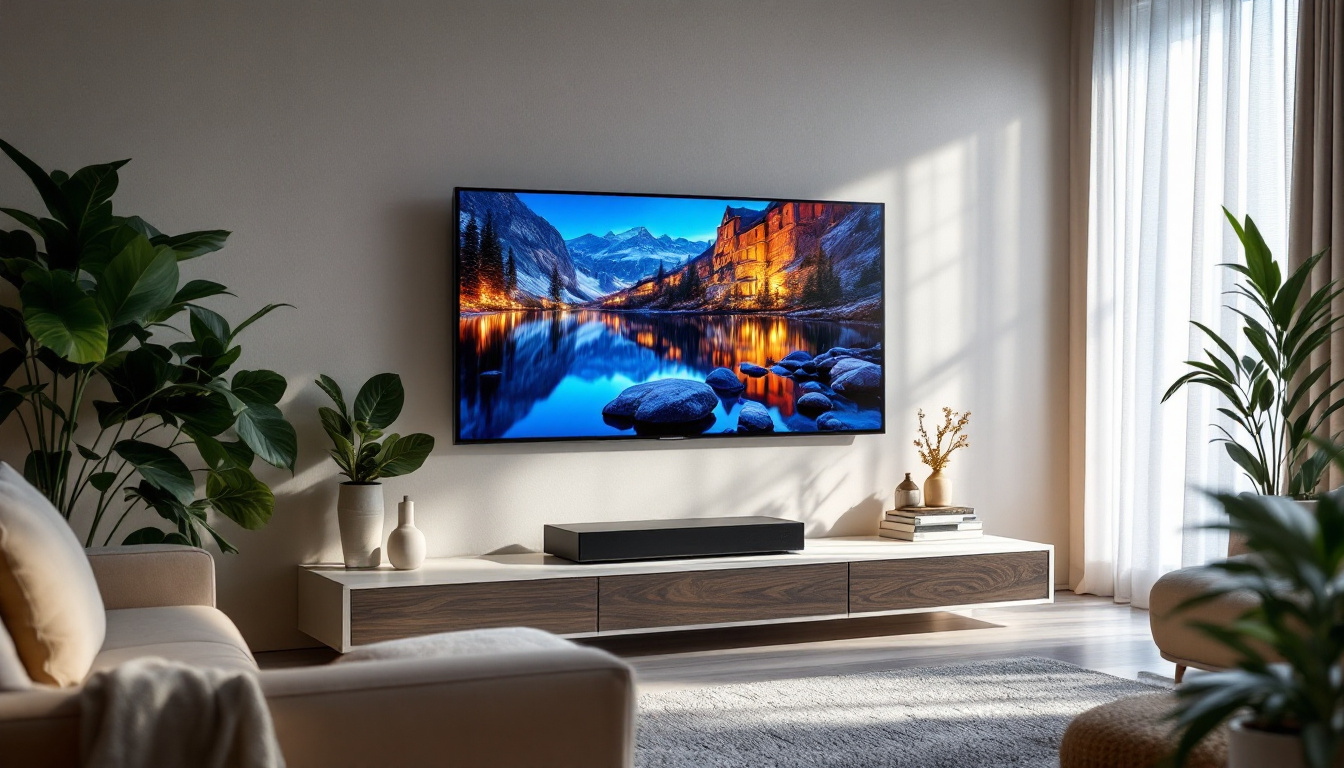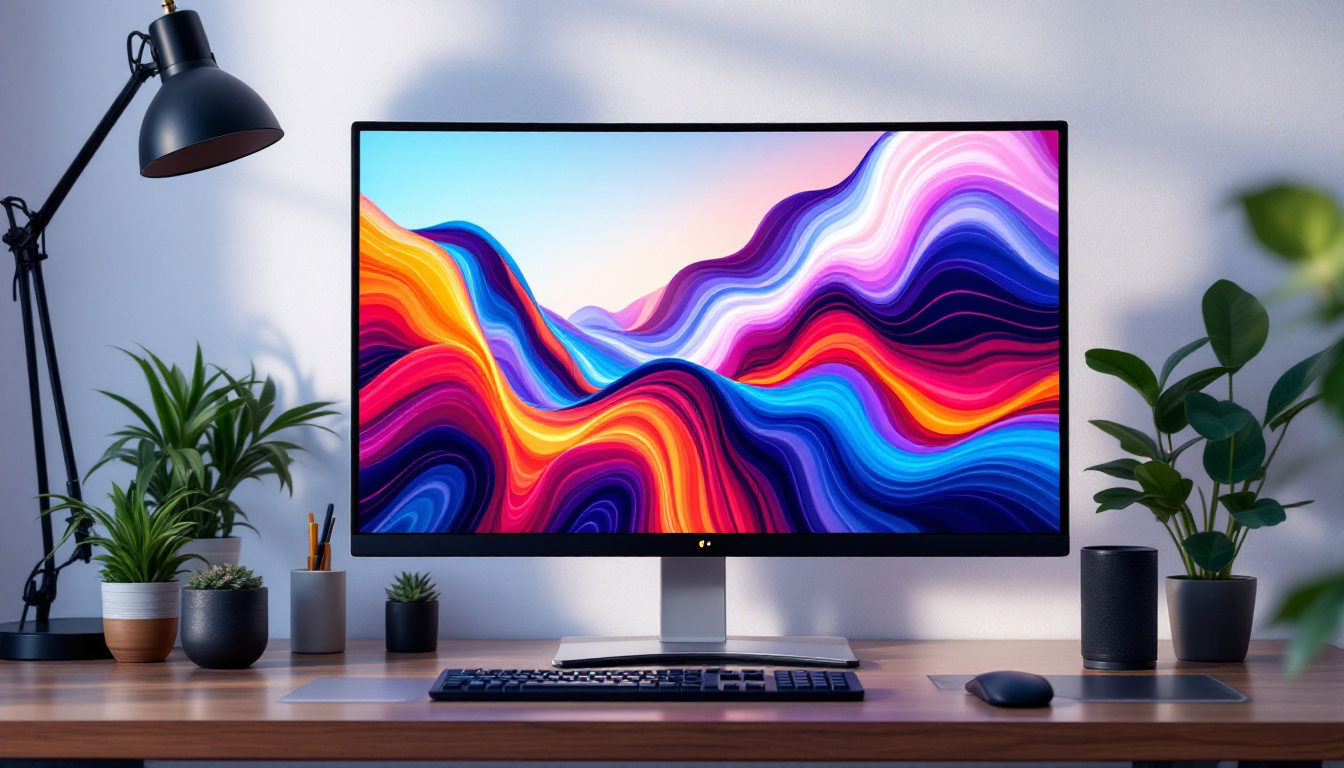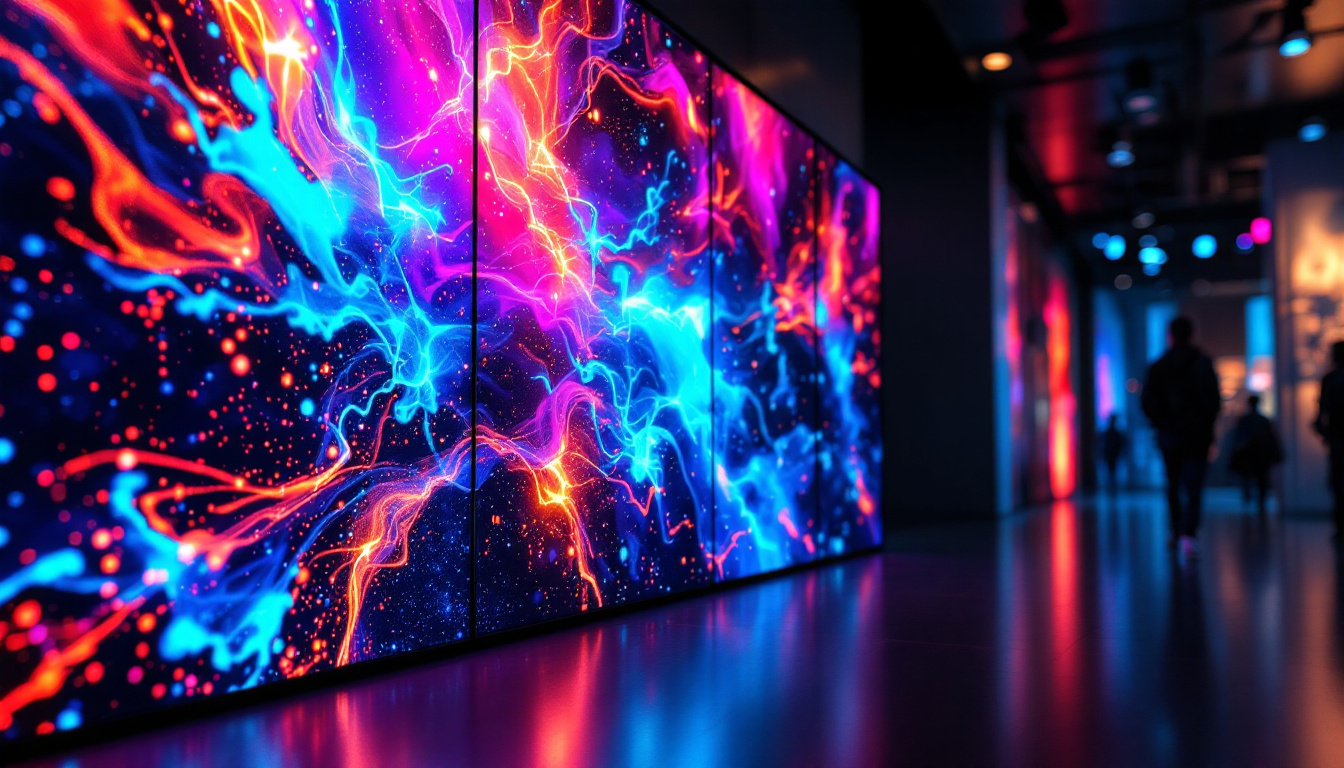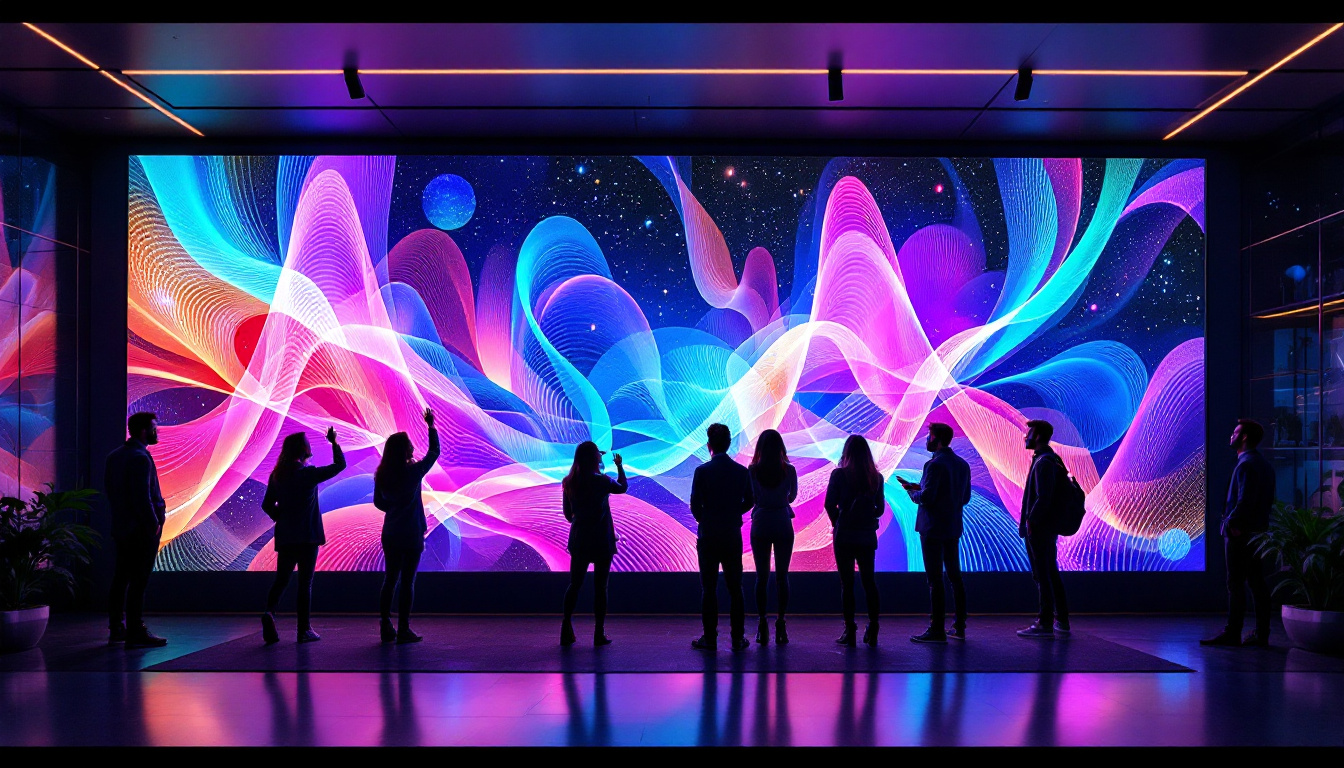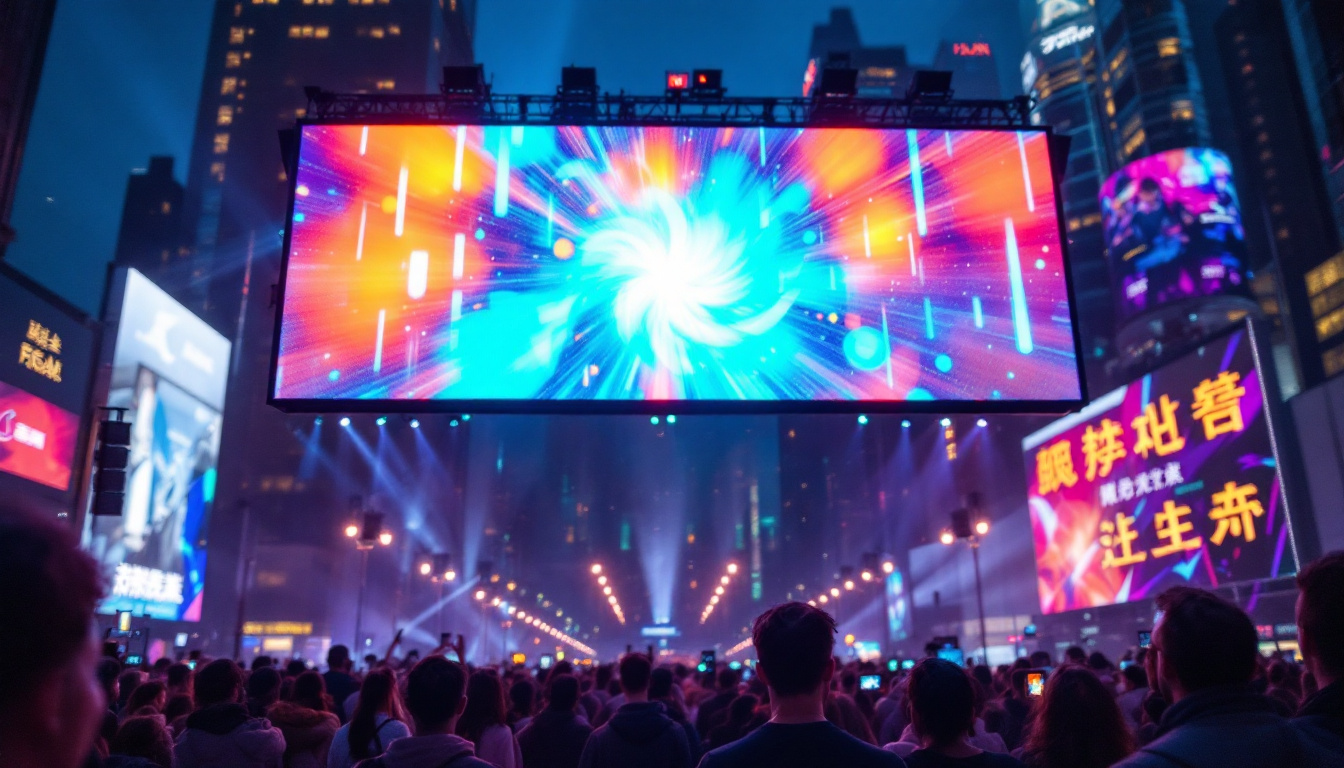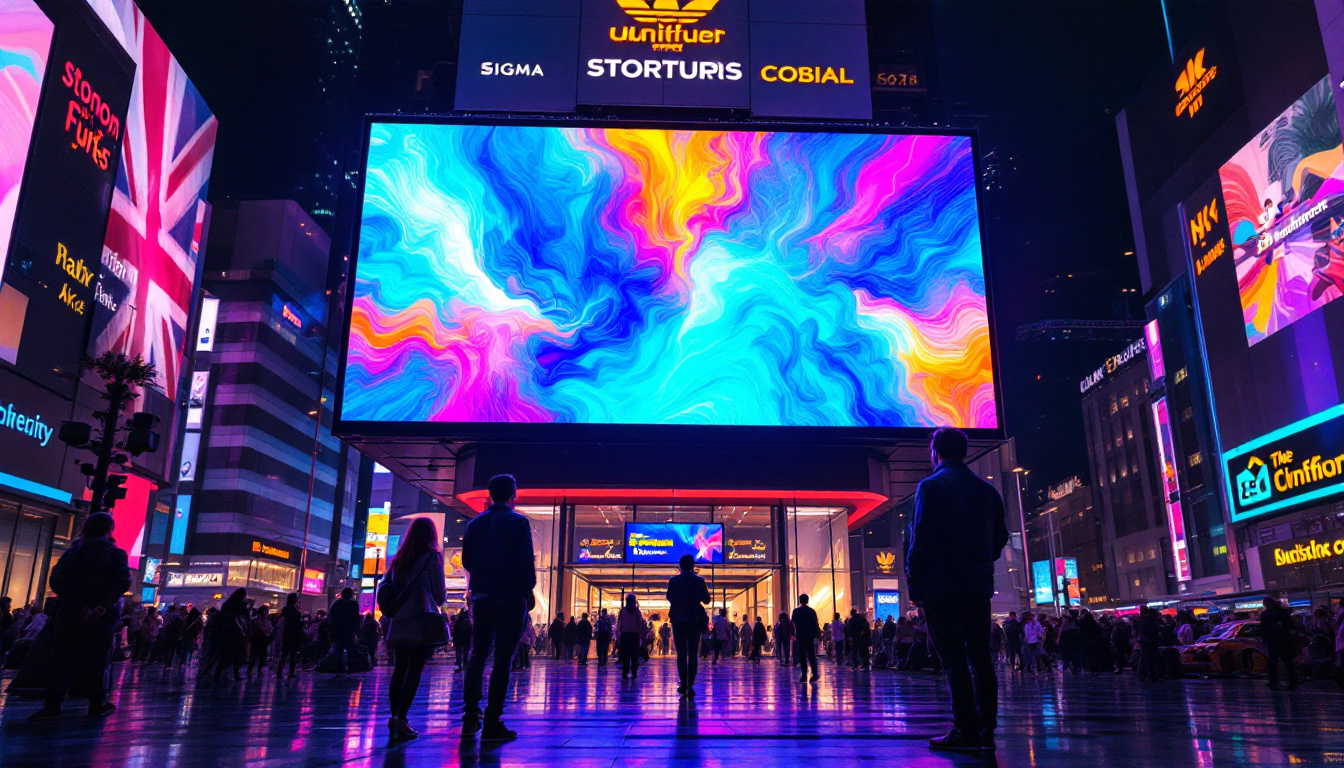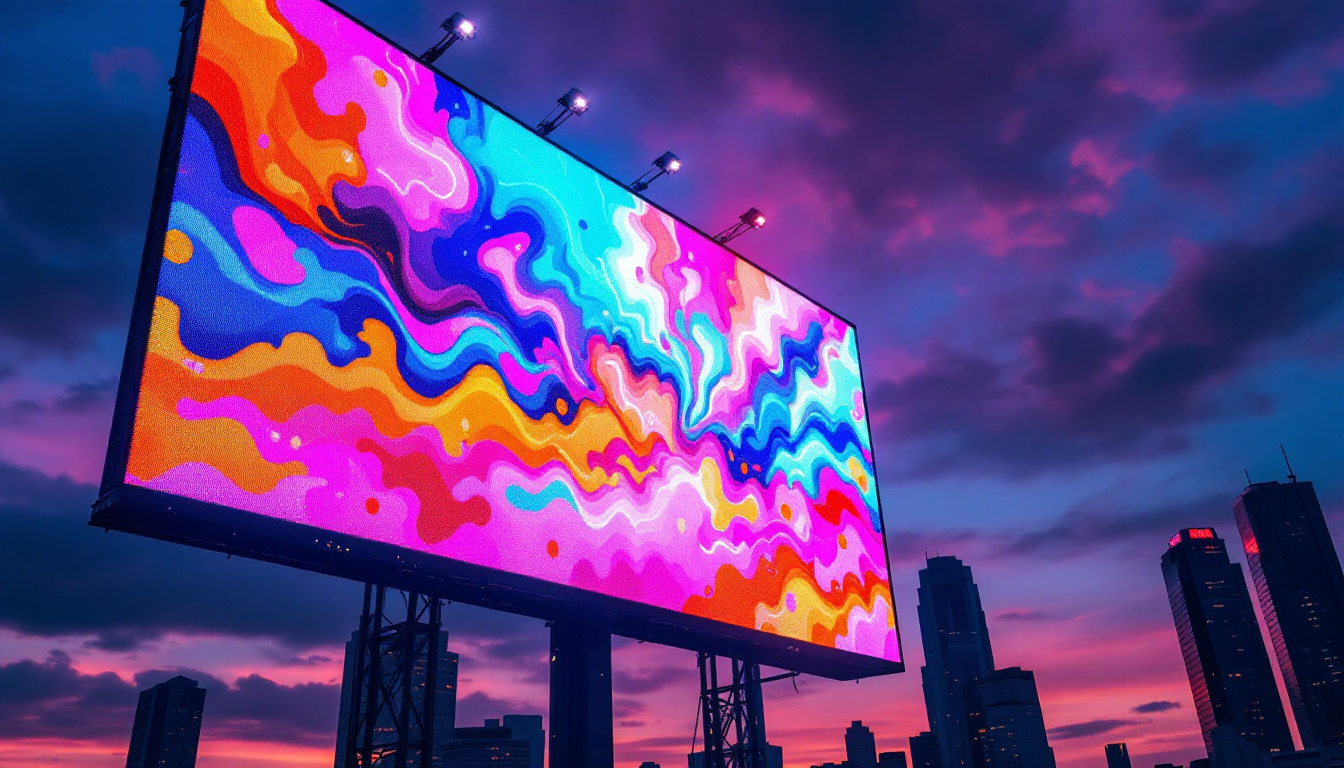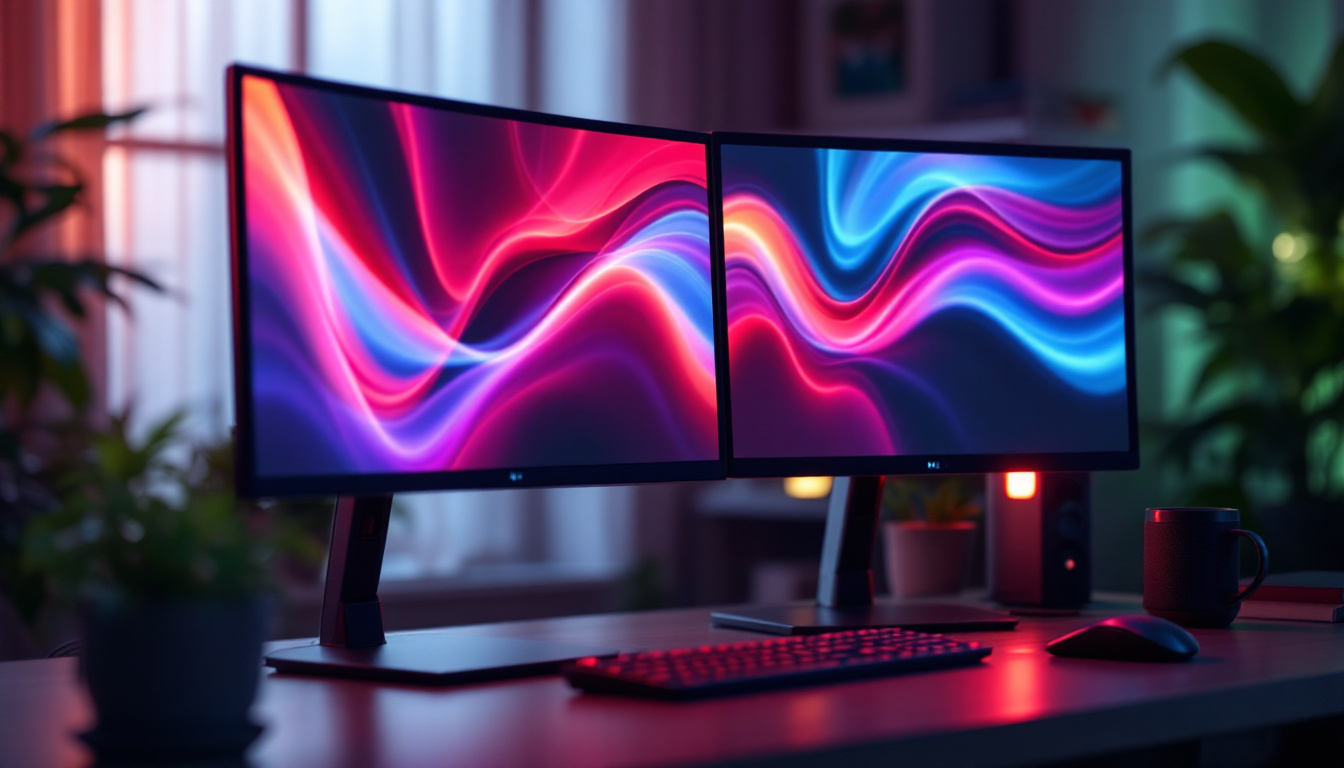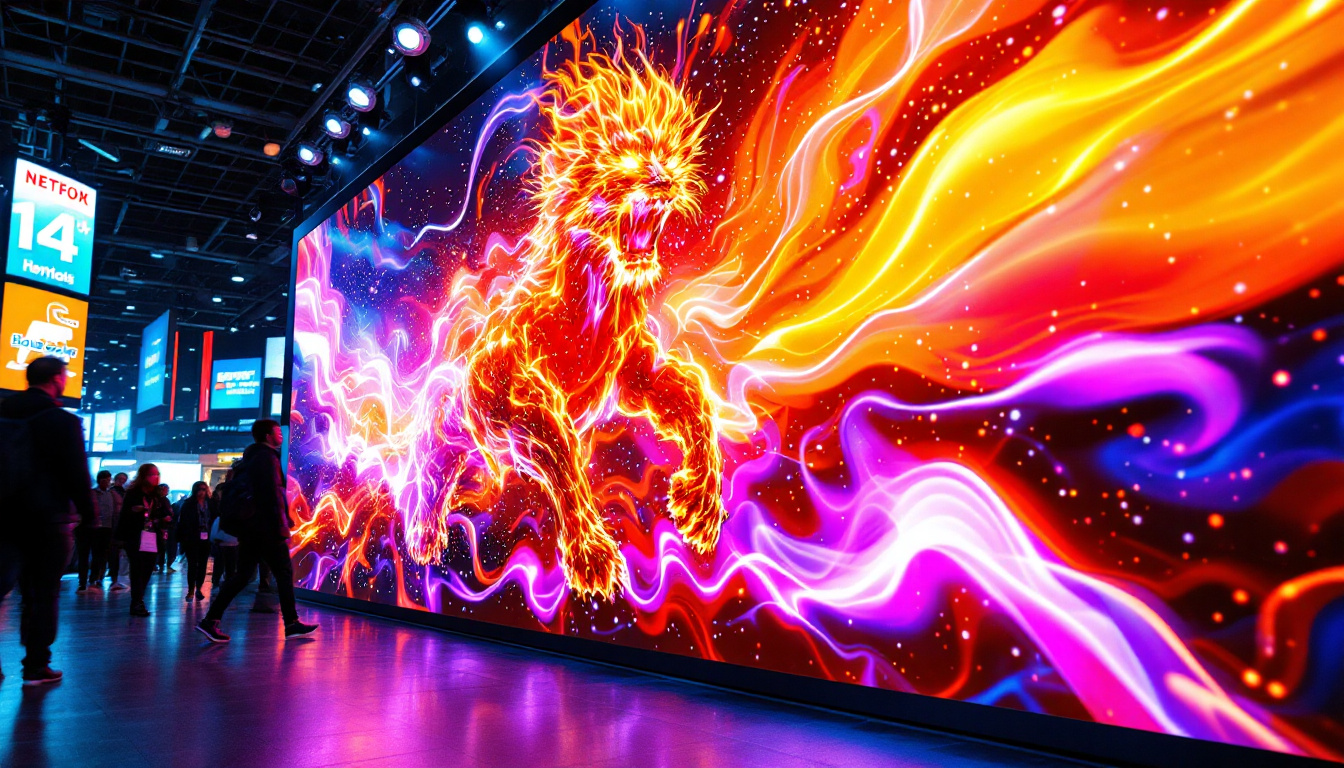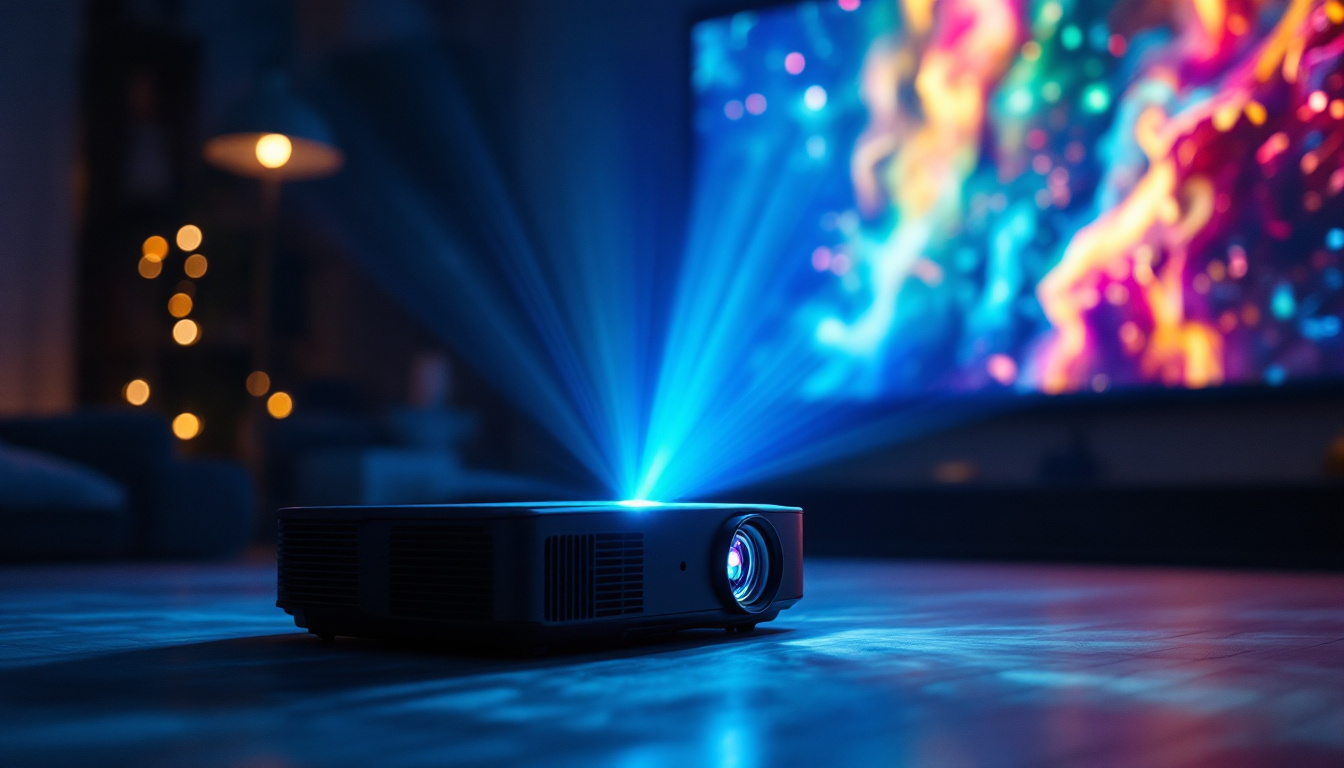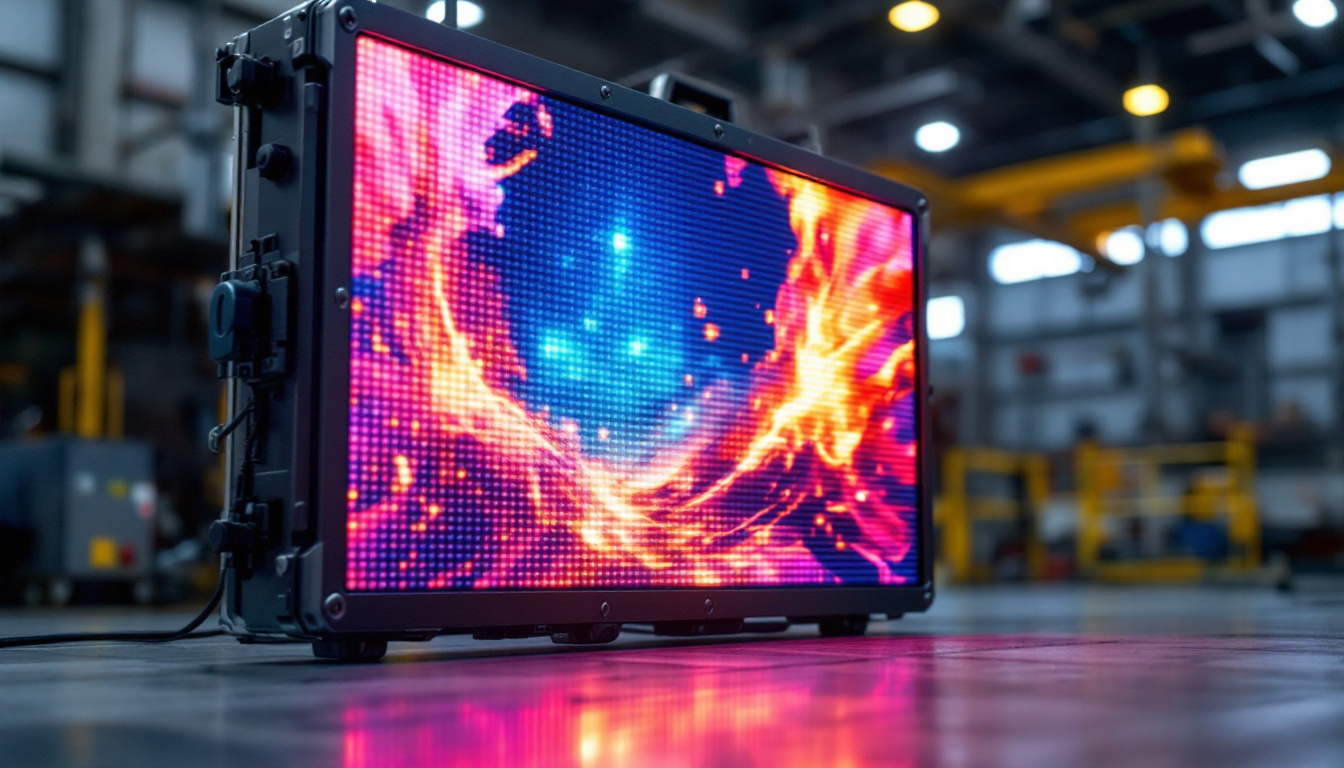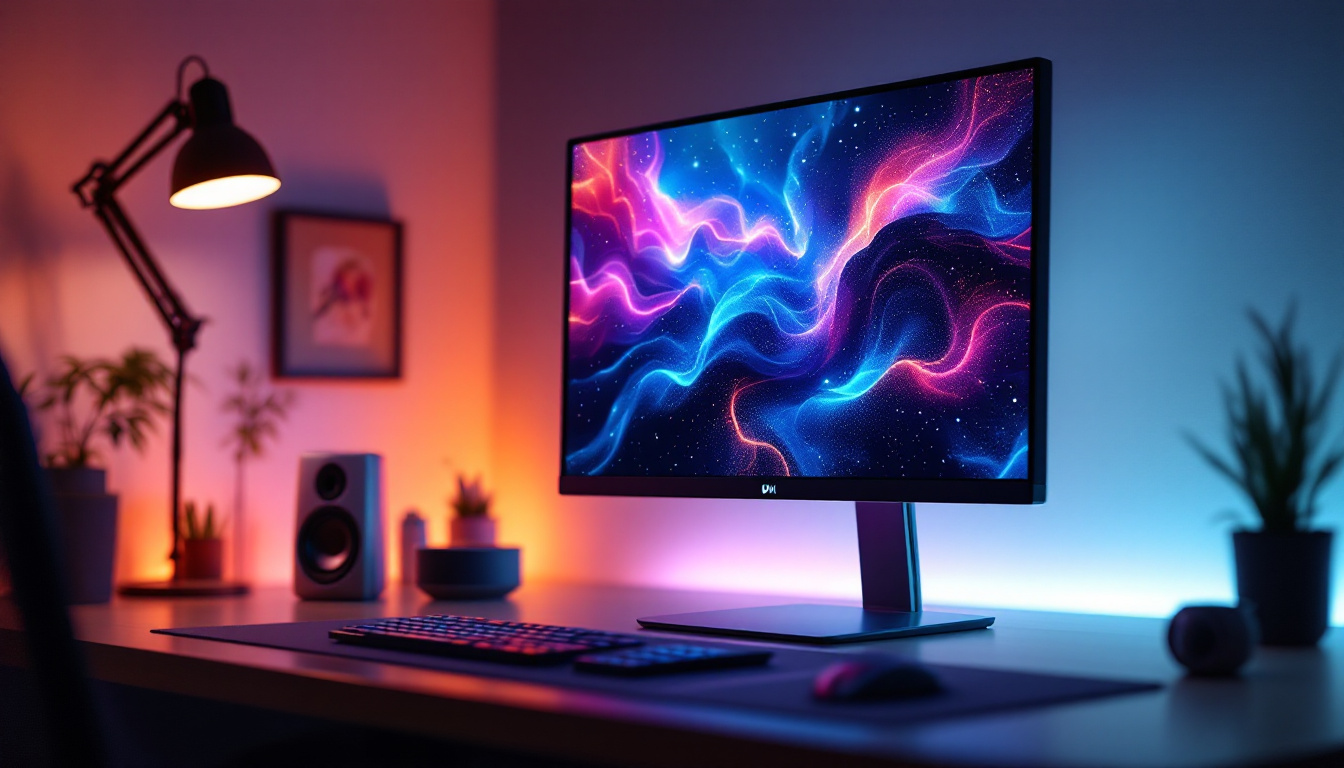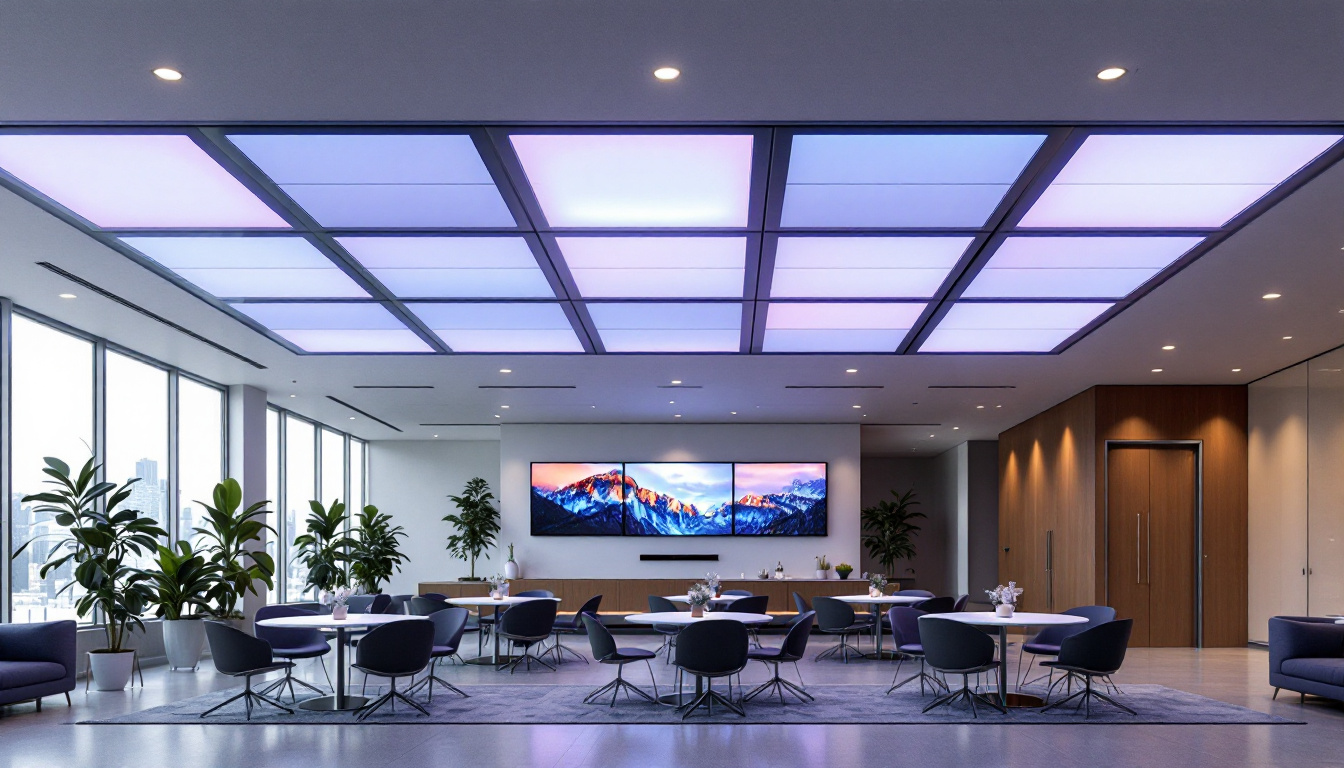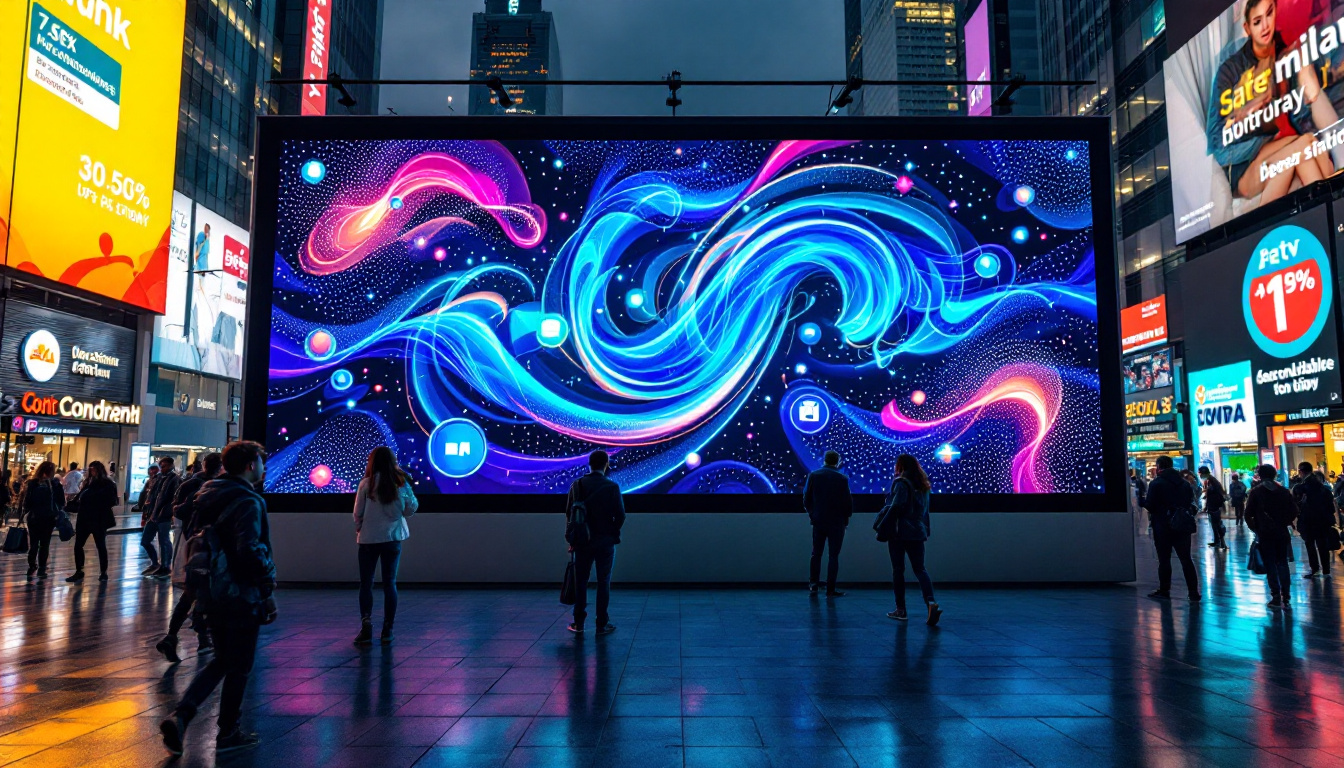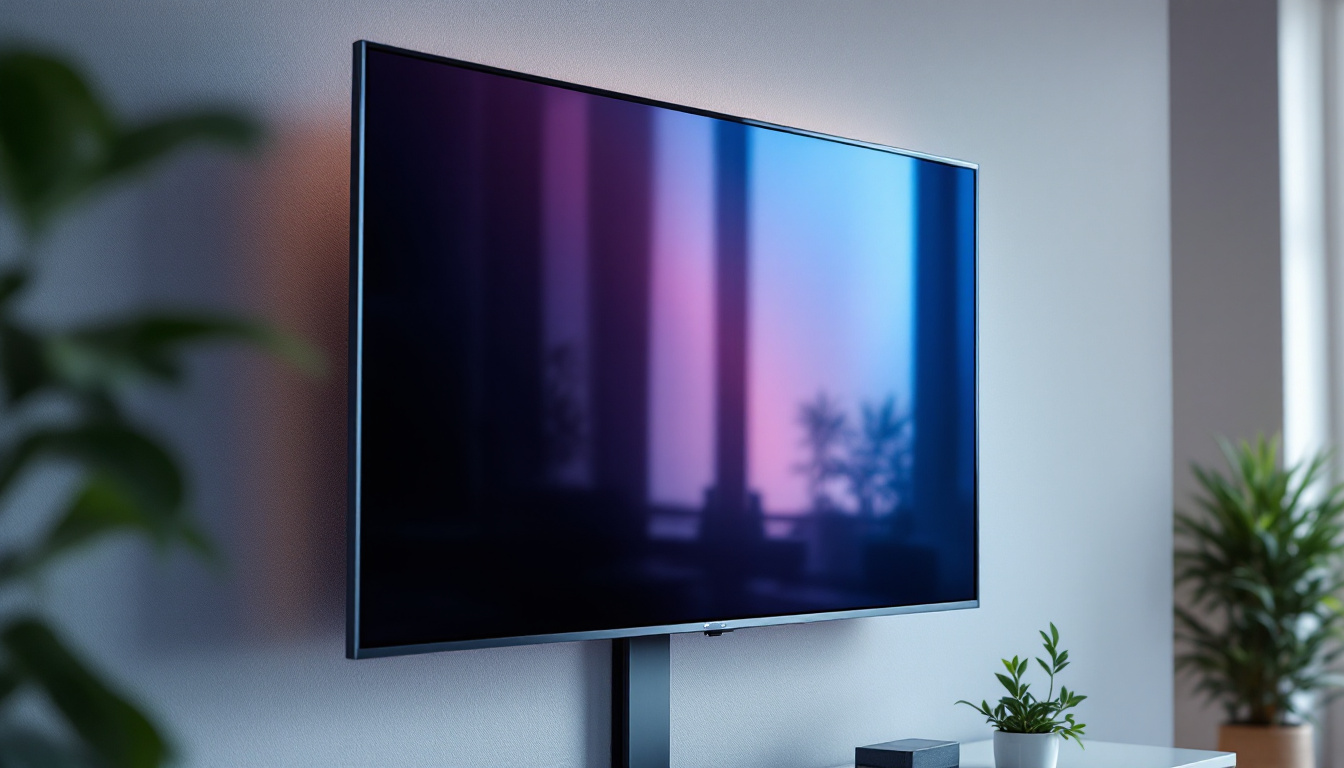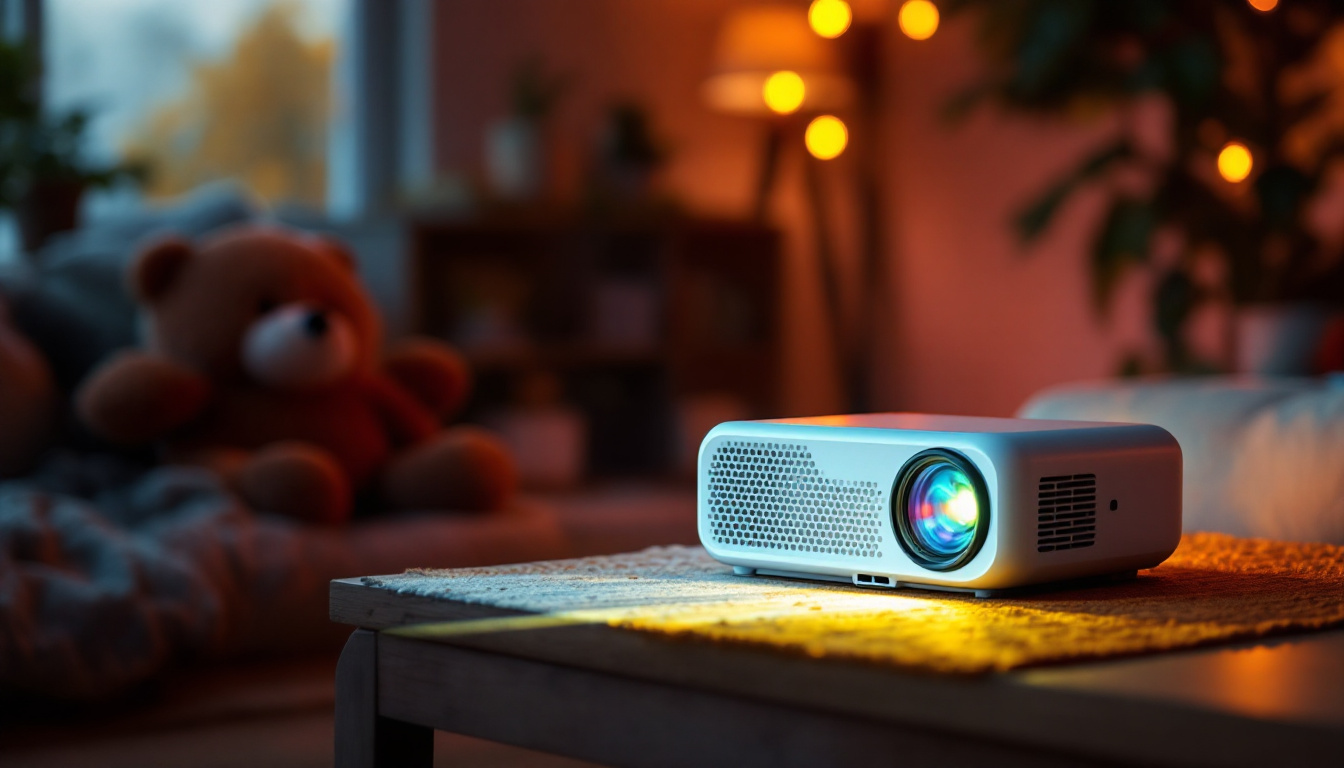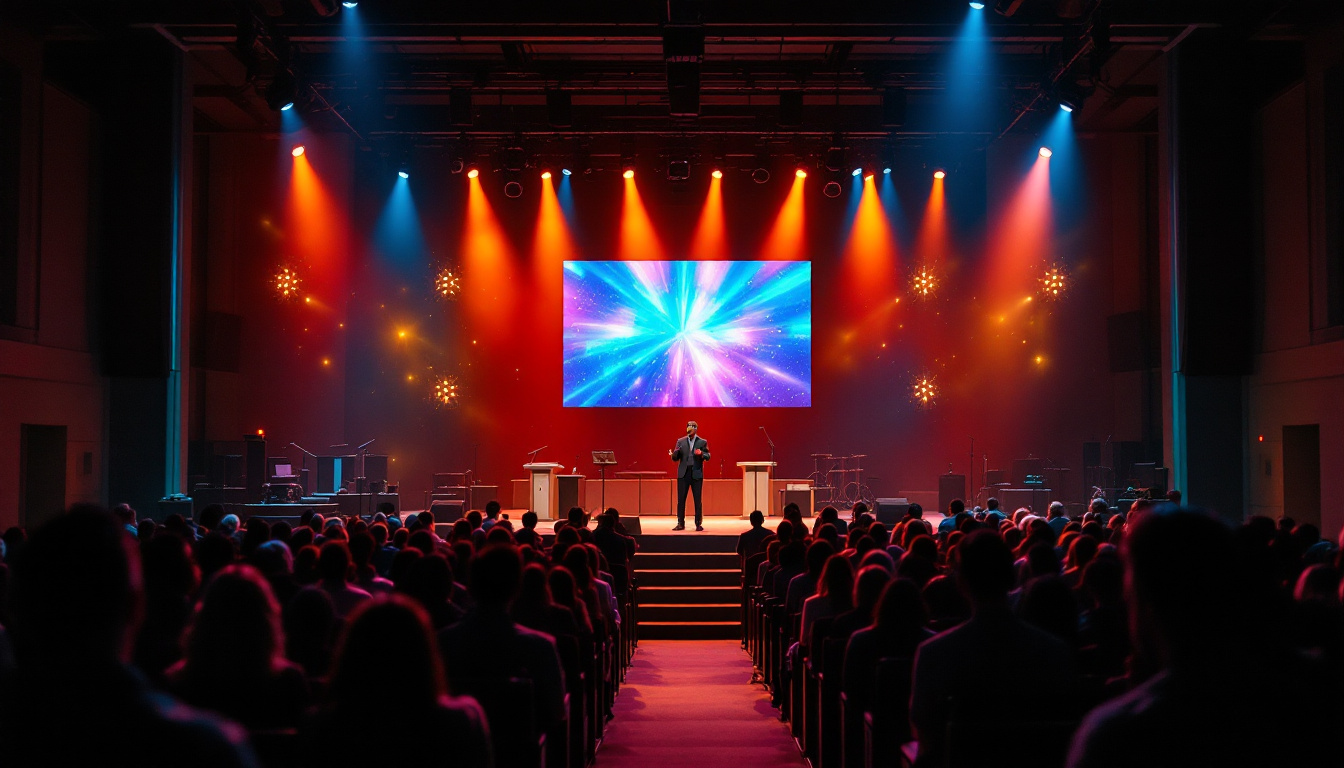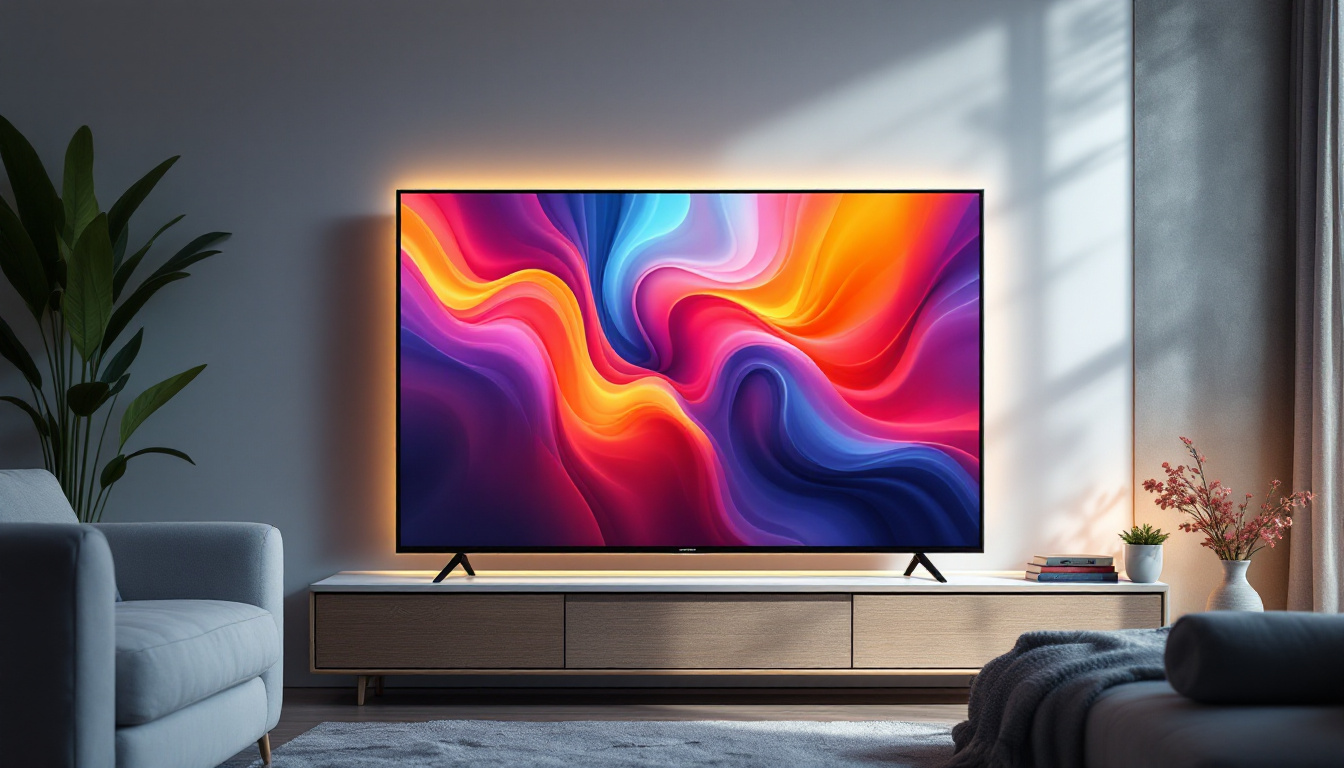Rear Projection TV For Sale: LED Display Explained
In the rapidly evolving world of television technology, rear projection TVs have carved out a niche that appeals to both home theater enthusiasts and casual viewers alike. As consumers increasingly seek high-quality displays, understanding the intricacies of LED technology in rear projection TVs becomes essential. This article delves into the workings of LED displays, their advantages, and what to consider when purchasing a rear projection TV.
Understanding Rear Projection Technology
Rear projection TVs use a combination of mirrors and lenses to project an image onto a screen from behind. This technology offers a unique blend of size and quality, making it an attractive option for those looking to create an immersive viewing experience. Unlike traditional front projection systems, rear projection setups can be placed in smaller spaces, allowing for flexibility in home theater design.
How Rear Projection Works
At the core of rear projection technology is the use of a light source, typically a lamp or LED, that illuminates a panel. The light passes through a series of lenses and mirrors that enlarge the image before it reaches the screen. This setup allows for larger screen sizes without the bulk of traditional CRT televisions. The ability to project images from behind the screen means that viewers can sit closer without experiencing distortion, enhancing the overall viewing experience.
The image quality is influenced by several factors, including the type of light source, the resolution of the panel, and the quality of the optics used. As technology has advanced, LED lights have become a popular choice for many rear projection models due to their brightness and efficiency. Additionally, the advancements in digital processing have allowed for smoother motion handling and improved color reproduction, making rear projection TVs more competitive with modern flat-screen displays.
Types of Rear Projection Displays
There are primarily three types of rear projection technologies: DLP (Digital Light Processing), LCD (Liquid Crystal Display), and LCoS (Liquid Crystal on Silicon). Each of these technologies has its unique characteristics, but LED displays have gained prominence for their superior color accuracy and energy efficiency. DLP, for instance, is known for its high refresh rates, making it an excellent choice for fast-paced action films and sports.
DLP uses micro-mirrors to reflect light, while LCD relies on liquid crystals to modulate the light. LCoS combines aspects of both, offering high resolution and contrast. However, LED rear projection TVs stand out for their ability to provide vibrant colors and deep blacks, making them ideal for movie enthusiasts. Furthermore, many modern rear projection TVs incorporate smart technology, allowing users to access streaming services and connect to other devices seamlessly, thus enhancing their functionality beyond traditional viewing methods.
The Advantages of LED Displays
LED displays have revolutionized the way viewers experience television. Their benefits extend beyond just visual quality, impacting energy consumption, lifespan, and overall performance.
Superior Picture Quality
One of the most significant advantages of LED displays is their ability to produce stunning picture quality. The use of LED backlighting enhances brightness and contrast, resulting in vivid colors and sharp images. This is particularly noticeable in darker scenes, where traditional projection methods may struggle to maintain clarity.
Additionally, LED technology allows for better color reproduction, ensuring that viewers see the content as intended by the creators. This is especially important for films and shows that rely on rich visual storytelling.
Energy Efficiency
LED displays are known for their energy efficiency compared to older technologies. They consume less power while delivering brighter images, making them a more eco-friendly option. This efficiency translates to lower electricity bills over time, which can be a significant consideration for consumers.
Moreover, the longevity of LED lights means that they require less frequent replacement than traditional bulbs, further enhancing their cost-effectiveness.
What to Consider When Buying a Rear Projection TV
Purchasing a rear projection TV involves careful consideration of various factors to ensure that the chosen model meets the viewer’s needs and preferences. Here are some key aspects to keep in mind.
Screen Size and Viewing Distance
When selecting a rear projection TV, the screen size is one of the most critical factors. Larger screens can create a more immersive experience, but the viewing distance also plays a vital role. Ideally, viewers should sit at a distance that is 1.5 to 2.5 times the diagonal size of the screen for optimal viewing.
For instance, if a viewer opts for a 70-inch screen, they should sit between 8.75 to 14.5 feet away. This distance ensures that the image remains sharp and clear without straining the eyes.
Resolution and Image Quality
Resolution is another crucial aspect to consider. Modern rear projection TVs typically offer Full HD (1080p) or 4K Ultra HD resolutions. Higher resolutions provide more detail, making them ideal for larger screens where individual pixels might otherwise be visible.
In addition to resolution, it’s essential to evaluate the overall image quality. Look for reviews and specifications that highlight color accuracy, contrast ratios, and brightness levels. These factors will significantly impact the viewing experience.
Maintenance and Care for Rear Projection TVs
Like any electronic device, rear projection TVs require regular maintenance to ensure optimal performance and longevity. Understanding how to care for these units can enhance their lifespan and maintain picture quality.
Cleaning the Screen
Keeping the screen clean is essential for maintaining picture clarity. Use a soft, lint-free cloth to wipe the screen gently. Avoid using harsh chemicals or abrasive materials, as these can damage the display. Regular cleaning helps prevent dust and smudges from affecting the viewing experience.
Additionally, it’s advisable to check the manufacturer’s guidelines for specific cleaning recommendations, as some screens may have special coatings that require particular care.
Regular Calibration
Calibration is another critical aspect of maintaining a rear projection TV. Over time, the settings may drift, leading to suboptimal picture quality. Regularly calibrating the TV ensures that colors remain accurate and that the brightness and contrast levels are set correctly.
Many modern TVs come with built-in calibration tools, but for the best results, consider hiring a professional to perform a thorough calibration. This investment can significantly enhance the viewing experience.
Comparing Rear Projection TVs to Other Technologies
While rear projection TVs offer unique advantages, it is essential to compare them with other available technologies to make an informed decision. Understanding how they stack up against alternatives like LCD and OLED can help consumers choose the right option for their needs.
Rear Projection vs. LCD and OLED
LCD TVs are known for their slim profiles and affordability. However, they may not match the color accuracy and contrast levels of LED rear projection TVs. Additionally, LCD screens can suffer from viewing angle issues, where colors and brightness diminish when viewed from the side.
On the other hand, OLED technology offers exceptional picture quality with deep blacks and vibrant colors. However, OLED TVs tend to be more expensive and may not provide the same size options as rear projection models. For those seeking a large screen experience without breaking the bank, rear projection TVs remain a compelling choice.
Portability and Space Considerations
Another factor to consider is the physical footprint of the TV. Rear projection TVs tend to be bulkier than flat-panel options, which may be a concern for those with limited space. However, their larger screen sizes can make them ideal for dedicated home theater setups.
In contrast, flat-panel TVs are generally more portable and easier to mount on walls, making them suitable for various living spaces. Consumers should weigh the importance of screen size against the available space in their home.
Future of Rear Projection TVs
The future of rear projection TVs remains a topic of interest as technology continues to evolve. While flat-panel displays have dominated the market, rear projection technology is not without its advancements.
Emerging Technologies
Innovations in LED technology, such as MicroLED and MiniLED, are paving the way for improved performance in rear projection systems. These technologies promise enhanced brightness, contrast, and color accuracy, potentially revitalizing interest in rear projection TVs.
Additionally, as consumer preferences shift toward larger screens for home entertainment, manufacturers may invest more in rear projection technology to meet this demand. The ability to create massive displays without the bulk of traditional screens could lead to a resurgence in popularity.
Consumer Trends
As home entertainment continues to evolve, consumers are becoming more discerning about their viewing experiences. The demand for high-quality visuals, immersive sound, and smart features is driving innovation across all television technologies. Rear projection TVs may find a renewed audience among those seeking cinematic experiences at home.
Furthermore, advancements in streaming technology and content availability mean that consumers are looking for ways to enjoy their favorite shows and movies on larger screens. Rear projection TVs can fulfill this need, especially in dedicated home theater environments.
Conclusion
Rear projection TVs equipped with LED displays offer a unique blend of size, quality, and efficiency that appeals to a wide range of viewers. Understanding the technology behind these systems, their advantages, and the factors to consider when purchasing one can help consumers make informed decisions.
As technology continues to advance, the future of rear projection TVs remains promising, with potential innovations that could enhance the viewing experience even further. Whether for a dedicated home theater or a casual viewing setup, rear projection TVs are worth considering for anyone looking to elevate their entertainment experience.
Discover LumenMatrix’s Advanced LED Displays
Ready to take your home theater experience to the next level? LumenMatrix offers a wide array of cutting-edge LED display solutions that cater to every need, from immersive indoor and outdoor LED wall displays to dynamic vehicle and sports displays. With our innovative technology, you can create the ultimate viewing environment that captivates and impresses. Don’t just watch; immerse yourself in the future of visual entertainment with LumenMatrix. Check out LumenMatrix LED Display Solutions today and transform your space into a visual spectacle.

